2020 has been a strange year. The emotional ups and downs, the distorted view of time; it's been such an eventful year, it's almost impossible to keep up with everything that's happening in the world.
Understandably, many people are looking for ways to keep sane, or at least grounded enough not to be completely overwhelmed.
When someone from Kechara Forest Retreat invited Rojak Daily to review the place and possibly some of the events they have, we were a little hesitant at first.
For one, when we Googled the place, it looked very much like a Buddhist place of worship.
Personally, we have no issues with religion, but we don't write about them.
However, we were assured that the programme they planned to introduce us to doesn't have religious aspects to it — something that we can attest to — so it's open to people of any belief.
Heads up: If you're uncomfortable seeing religious idols scattered around the premise, this place is not for you.

The second reason we were a little hesitant was because no one in the RD team are the sitting-for-longer-than-a-minute-without-fidgeting type and the most interesting event on the list was the "Inner Peace Retreat" which was essentially a meditation course for beginners.
However, we'd try anything once and figured that meditation might benefit some of our readers during these difficult times.
So, this author volunteered to try it out, and this is my story.
.gif)
Beautiful location and comfortable accommodation
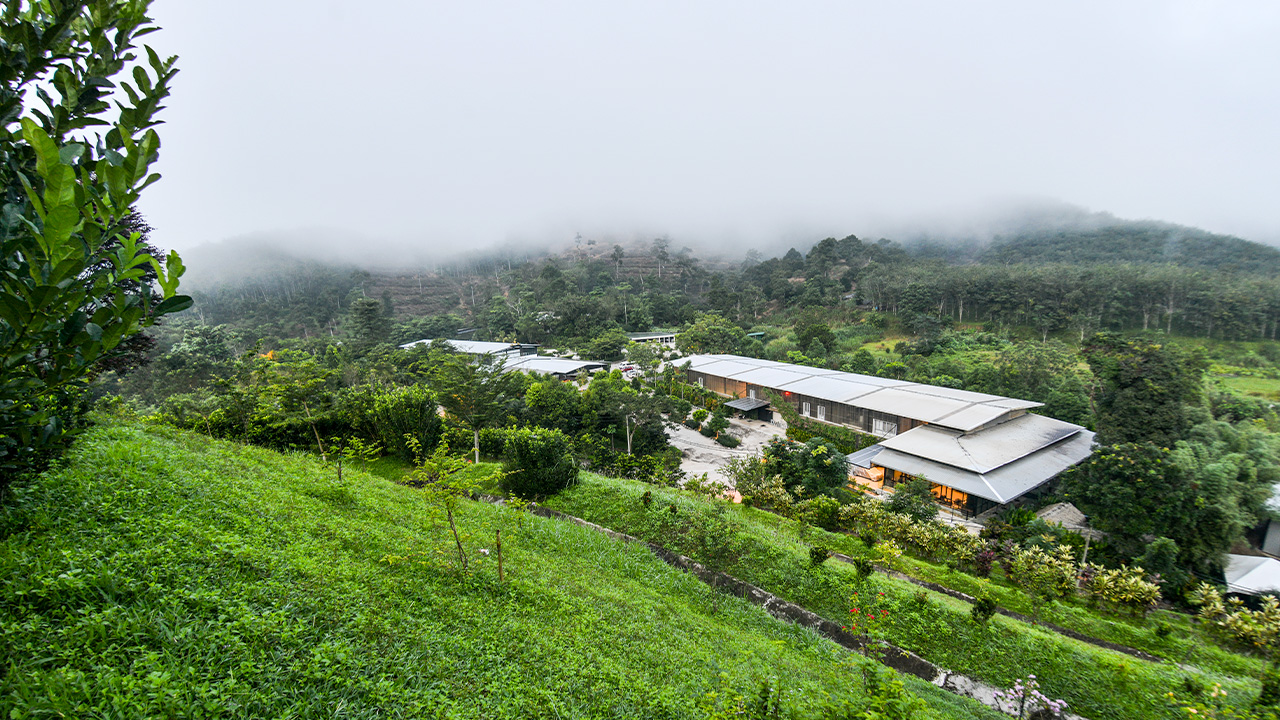
Kechara Forest Retreat is located just an hour or so away from Kuala Lumpur, at the foot of a hill in Bentong, Pahang.
It's not too far from Bentong town, and there are clear signages, so the chances of getting lost are low.
Once I went through the usual temperature checks, scanning the MySejahtera QR code and sanitisation process, I drove up the hill and parked just outside Wisdom Hall.
My first proper view of the 35-acre retreat was of a 8-feet tall Lama Tsongkhapa statue situated just outside the hall where most religious activities were held.
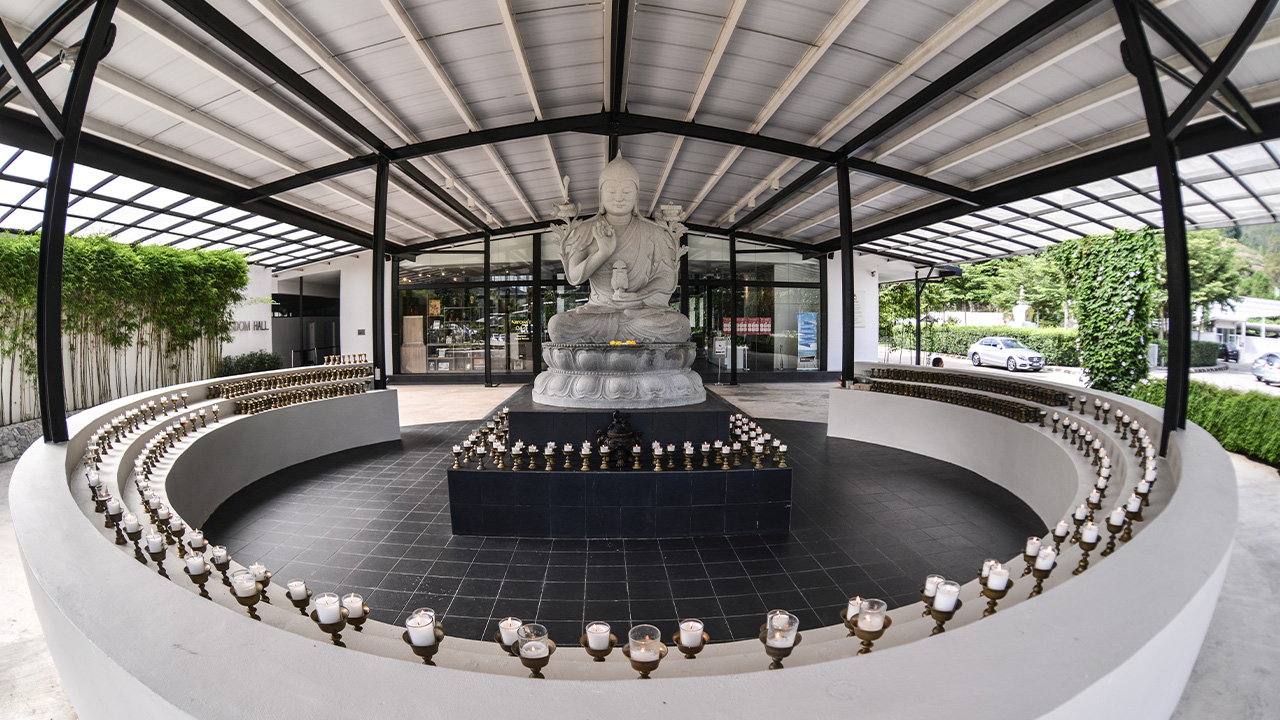
It looked magnificent, but that was not my destination. Across the road from the statue and the hall is a place called the Enchanted Forest.
It's not an actual forest but the building where most of the meditation classes happen. This is also where most of the people who join the Inner Peace Retreat, which is a two-day one-night programme, stay.
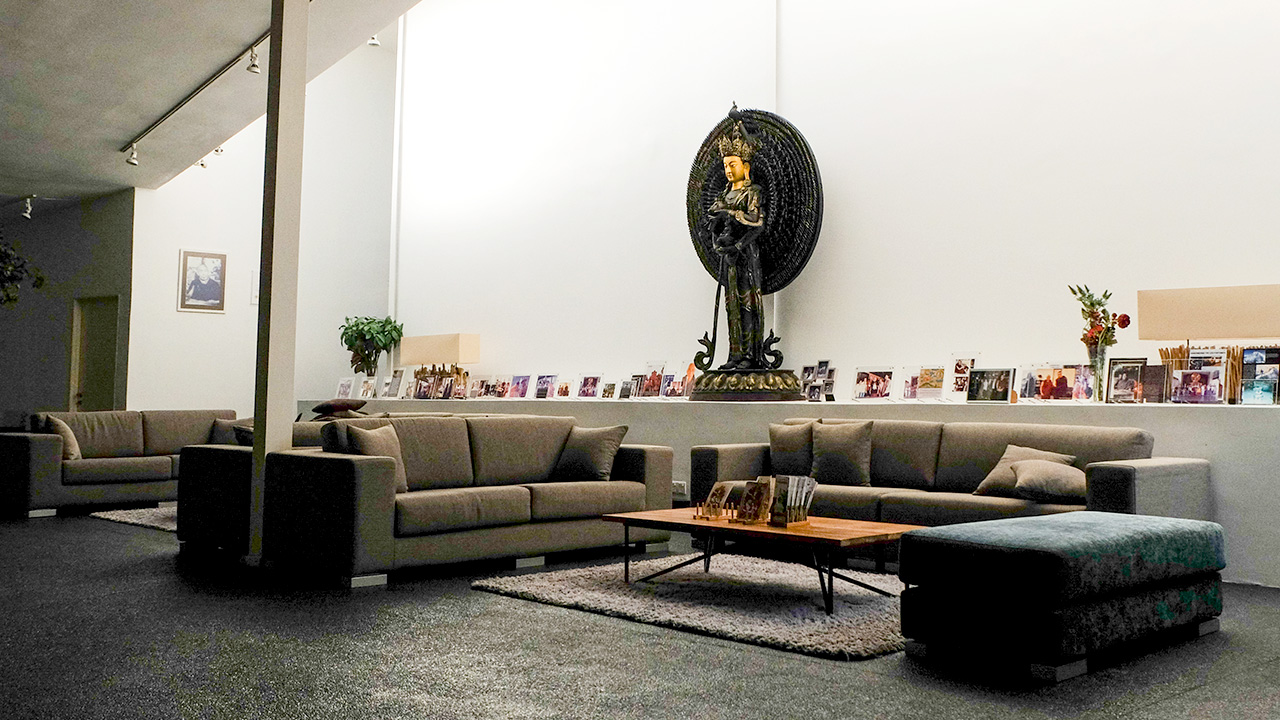

 After being offered welcoming drinks, I checked into Manjushri Guest House, which is a little bit fancier and usually reserved for Kechara members and guests.
After being offered welcoming drinks, I checked into Manjushri Guest House, which is a little bit fancier and usually reserved for Kechara members and guests.
Although, if you join a retreat, you can choose to pay a little more to stay here for extra comfort and a killer view.
It was a bit of a walk up a hill but not too bad lah (you can drive too but I chose to get some exercise in while I was there).
The Guest House is spacious with a pantry, sitting area and rooms. The only downside is perhaps the bathrooms and toilets, which are located outside the main building.
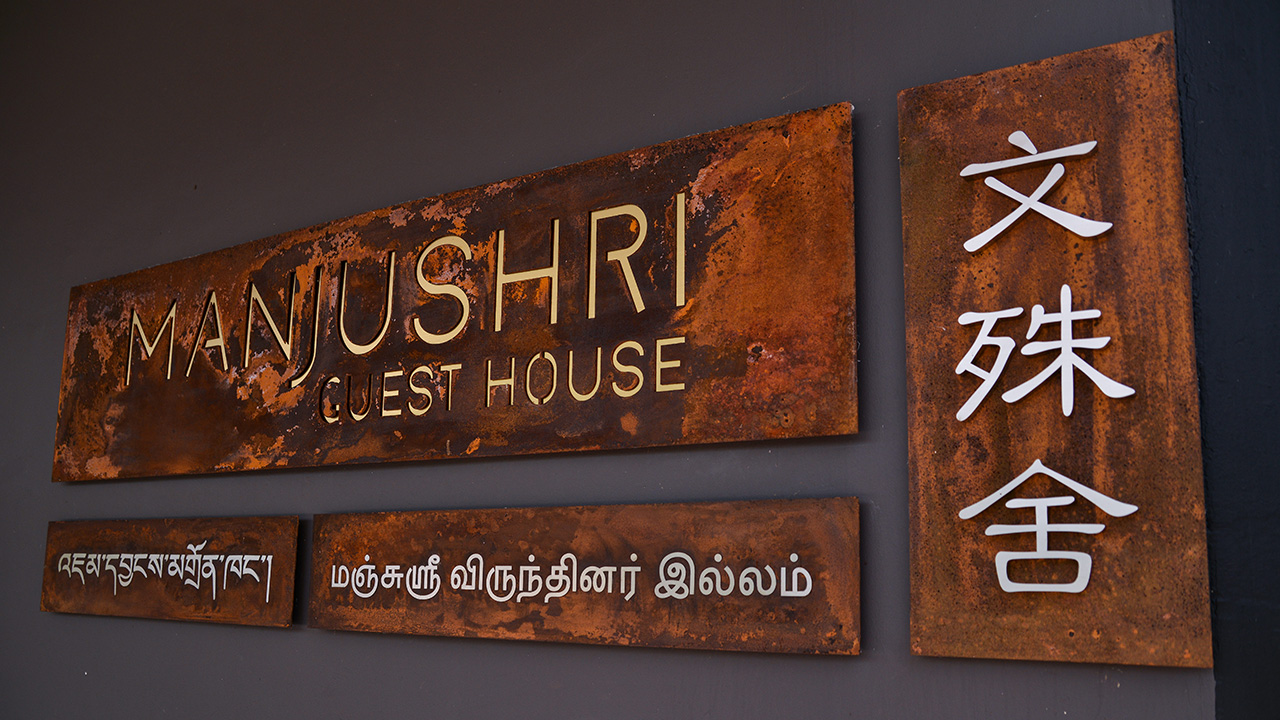
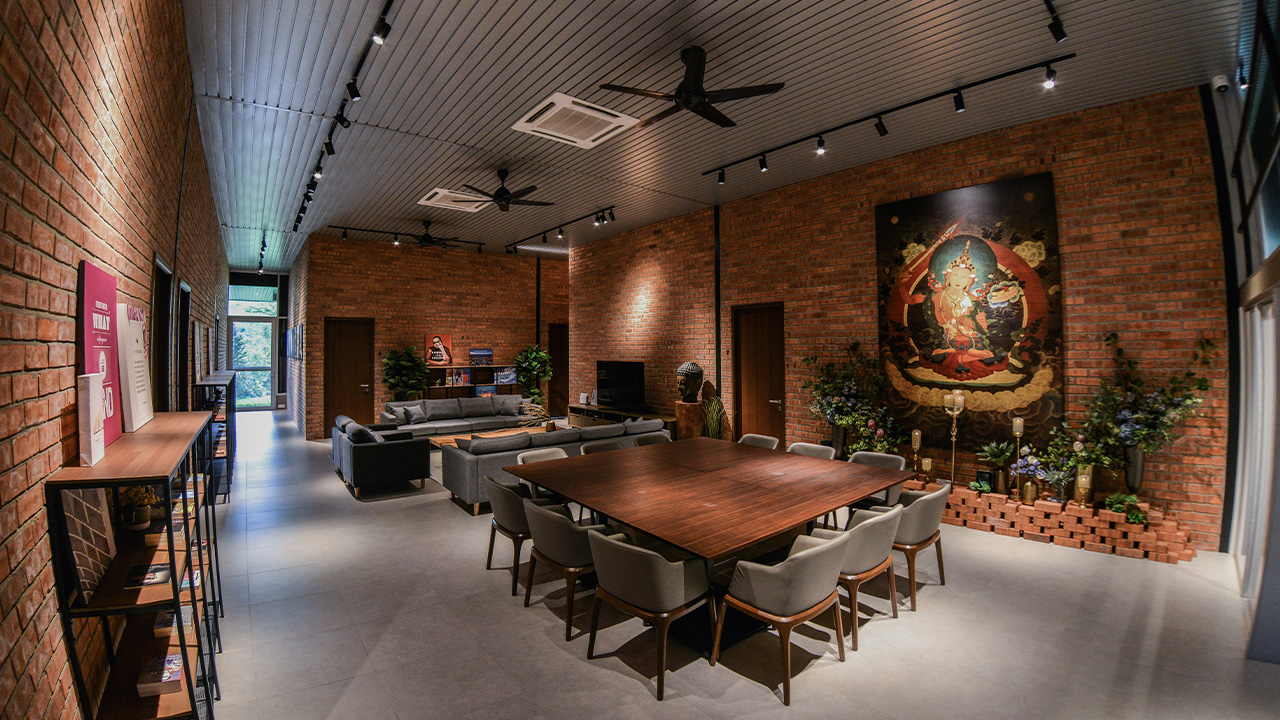
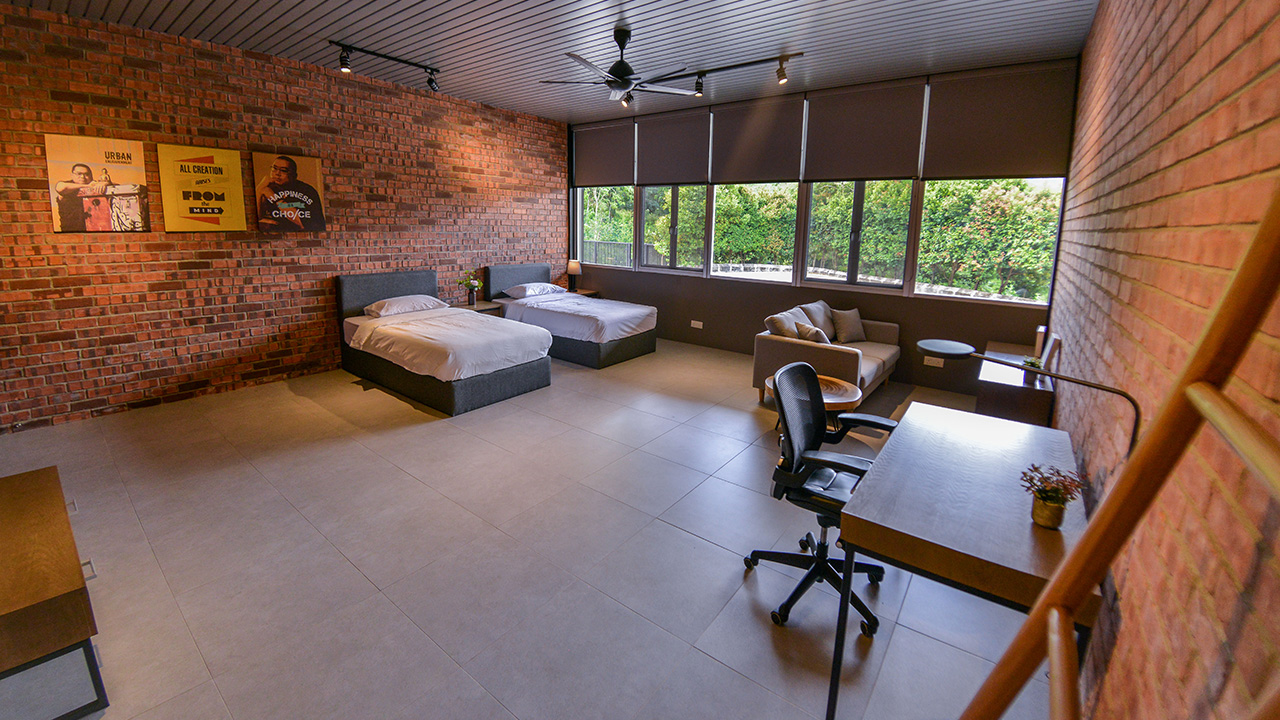
Phones away!
The ‘Inner Peace Retreat’ is basically a short course on meditation and reconnection with nature to find...well, inner peace.
Dressed in comfortable pants and a t-shirt (you’re encouraged to dress modestly) I headed to the first session with zero idea of what to expect.
Upon reaching the venue, participants were given a clear file with a buku 555 and pen, as well as a tag with our names.
Our first thought of the file being for us to keep the book and pen was proven false when the organisers asked us to place our phones in the files (which had our names on it) and pass the files to them.
That’s right: no phones for the duration. If you think you have a phone addiction, this might be the first step to weaning yourself off.

You do get your phone back for 15 mins after dinner to update family and friends as well as check for emergencies, but that’s about it.
Meditating our way to a more focused mind
The first day consisted of facilitator Phng Li Kheng teaching the participants the basics of meditation, which included breathing techniques, posture and even where to look for minimum distraction.
To be honest, the posture wasn’t entirely comfortable, especially the part where we had to keep our backs straight. It doesn’t exactly come naturally to those of us who are so used to hunching over computers.
Plus the whole crossed-eye thing (we were encouraged to cross our eyes towards our noses to get a sort of blurred vision) was another uncomfortable feeling.
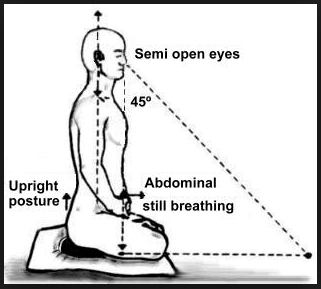
We were assured that we’ll eventually get used to the discomfort although not to the extent that a meditation session turns into a nap session.
The discomfort is meant to keep you awake and give you the best results.
After the explanation, it was time for us to try. For 10 minutes, we practised what we learnt with guidance from Li Kheng.
There were a few 10-minute sessions for us to practice and ask questions, which Li Kheng was happy to answer.
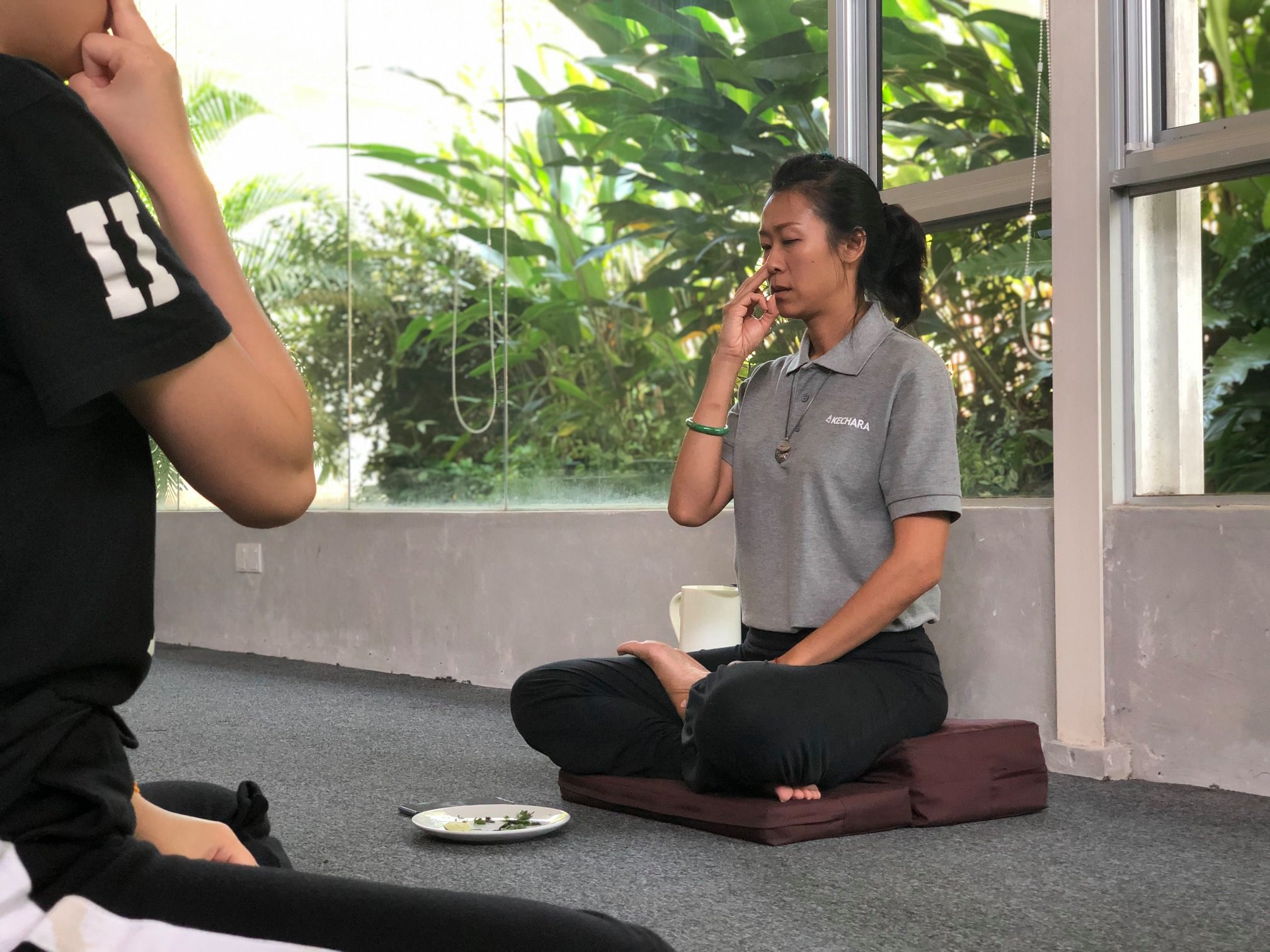
The “theory” part of the course was surprisingly not one-sided and boring. Participants were encouraged to share their thoughts and give opinions as well.
It helped to know everyone were struggling a little and I was not alone.
Then it was time for lunch. Everyone’s favourite part!
During our stay, we were provided with delicious vegetarian meals. The portions were plentiful, and the chef loved experimenting with new recipes, so it was a treat for sure.

Even those not used to vegetarian food liked what was served.
Mealtimes were quite interesting as we were encouraged to really chew our food, about 30 times, and savour not only the taste, but also the different textures,
This enabled us to really appreciate what we put into our mouths and body.
There were free flow of caffeinated (thank God!) and non-caffeinated drinks as well as biscuits available throughout the day if anyone got hungry in between meals.
Walking meditation

The afternoon session was quite interesting as we learnt a type of meditation that we’ve never even heard of - walking meditation.
To be honest, this was not an easy thing to do.
The participants first went to a fish pond and practised sitting meditation before commencing with walking meditation, which was basically walking really slow following the rhythm of your breathing and being present.
Taking a deep breath and exhaling slowly with each step, looking at a point in front of us, we were told to walk around the pond.
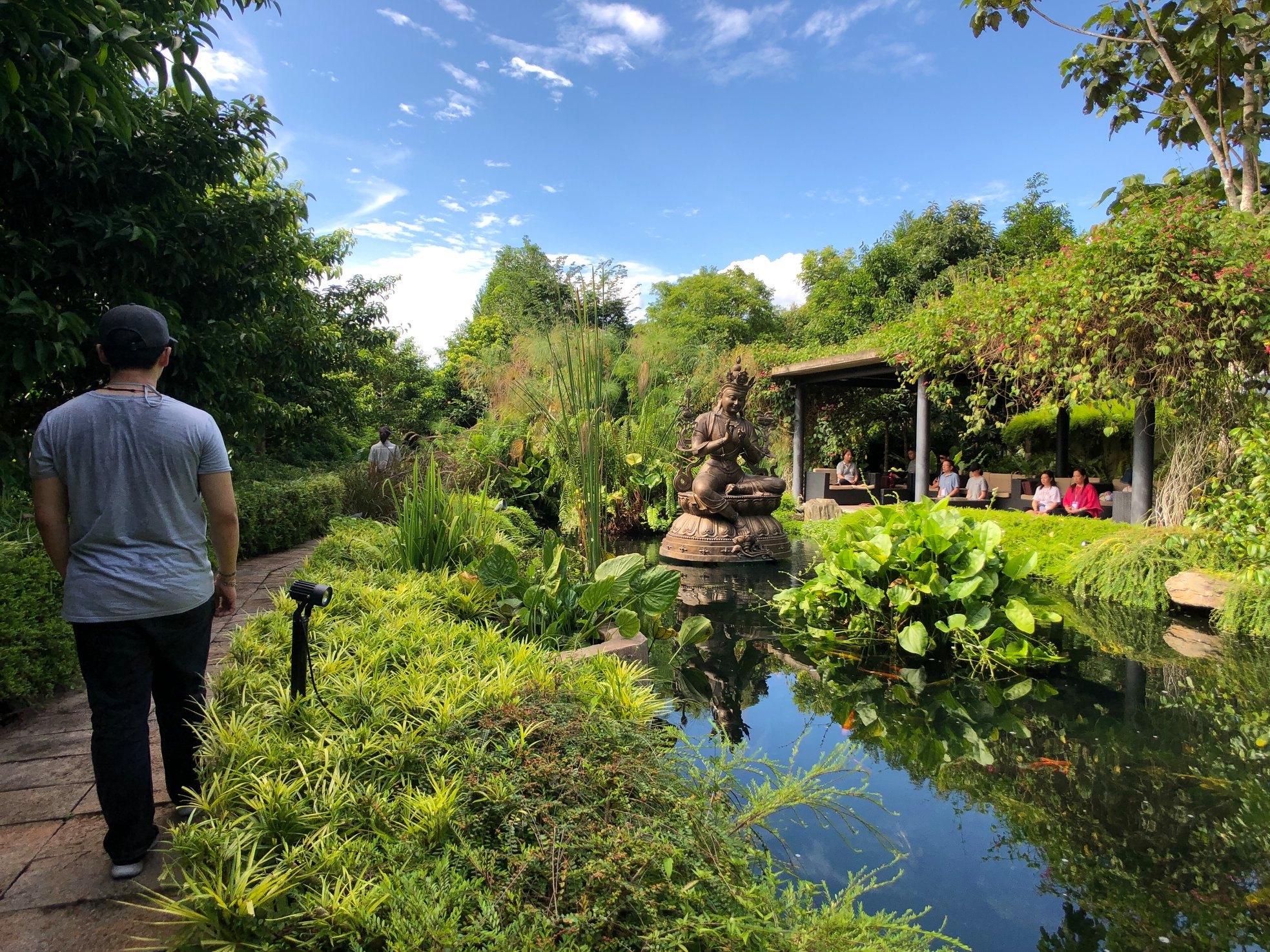
For someone who is used to walking fast and have a million things running in the head, this was a really difficult thing to do especially after the first few minutes when the concentration wavers.
However, this was just practice.
We later went to ‘Tara Walk’, where the walking meditation took much longer, and we were encouraged to pay attention to the sounds of nature while meditating.
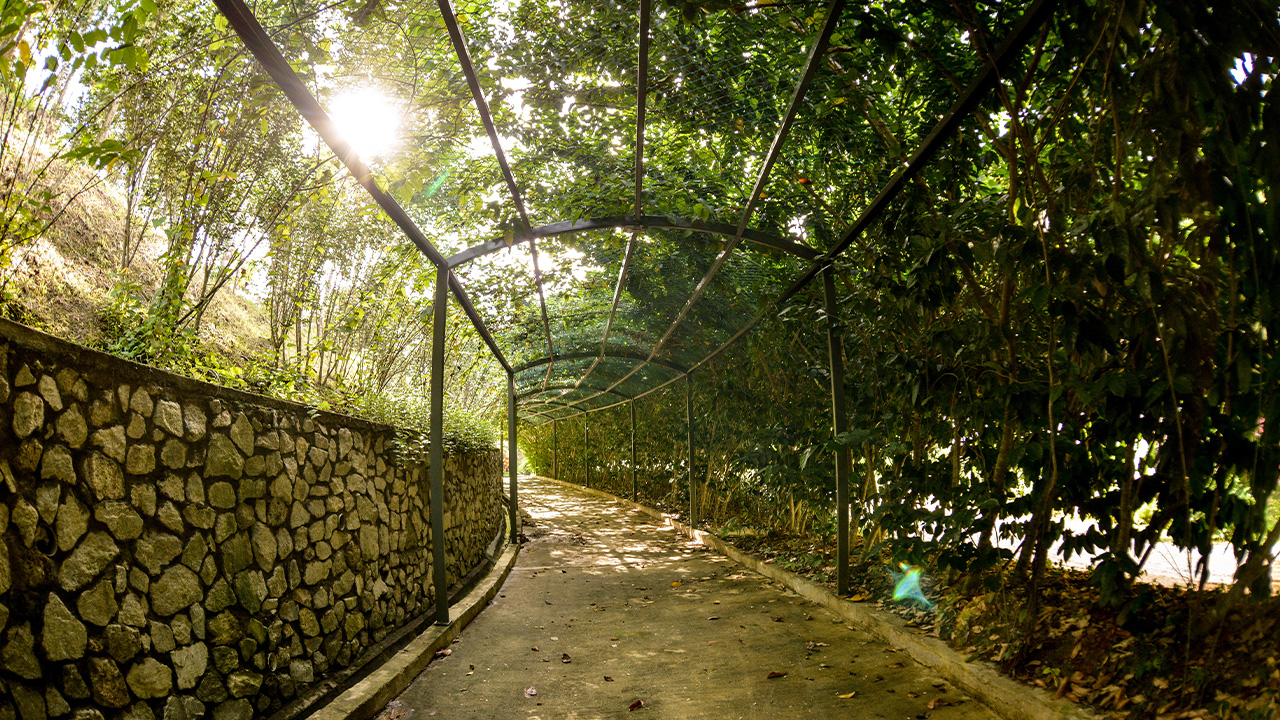
The next session was probably my favourite. Painting session! Don’t misunderstand. A 10-year-old likely would have better skills than me, but that doesn’t stop me from enjoying the process.
That was precisely the purpose of the exercise too: to get in touch with our artistic side.

After that, there was dinner and another meditation session, but I’ll skip that part.
Doing it on our own
Day 2 started with a sunrise meditation, which wasn’t at all what I expected. I thought it’ll be something like the Yoga sun salutation but nope.
We got into the right postures and “blurred” our visions to meditate. As before, the meditations were done 10 minutes at a time, but this time, with no guidance.

Was this my favourite part of the whole programme? No. If I’m going to wake up at an ungodly hour to catch the sunrise, I’d at least like to see the sun rising instead of just “feel” and hear the changes as the night shifts to morning.
By this time, I also had had enough of meditating. I was fidgety and just wanted to open my eyes and stare into space.
Peace was not what I was feeling.
However, I also understood that the annoyance came more because of lack of sleep and the course is only supposed to give you the tools to find inner peace through meditation, which wasn’t going to happen overnight lah.
There were more meditating before and after breakfast, then came lunch and the surprise finisher.
Without getting into details, I can tell you that it felt a little bit lik group therapy session.
It wasn’t as awkward as one would think as over the day and a half at the meditation centre, everyone got to know each other and were quite comfortable sharing some of our thoughts.
What I learned
.gif)
More than learning to meditate, it was quite interesting to have some of my ideas of what it was all about being proven wrong.
For one, never once were the participants asked to “empty our minds”. In fact, the facilitator assured us that it was extremely hard, if not practically impossible, for a normal person to do that.
Instead, we were asked to let the thoughts flow but not to “latch” onto any one thought. Of course, that’s not always possible either especially if you’re an overthinker.
But when you falter, you just have to stop yourself and bring your focus back to meditation.
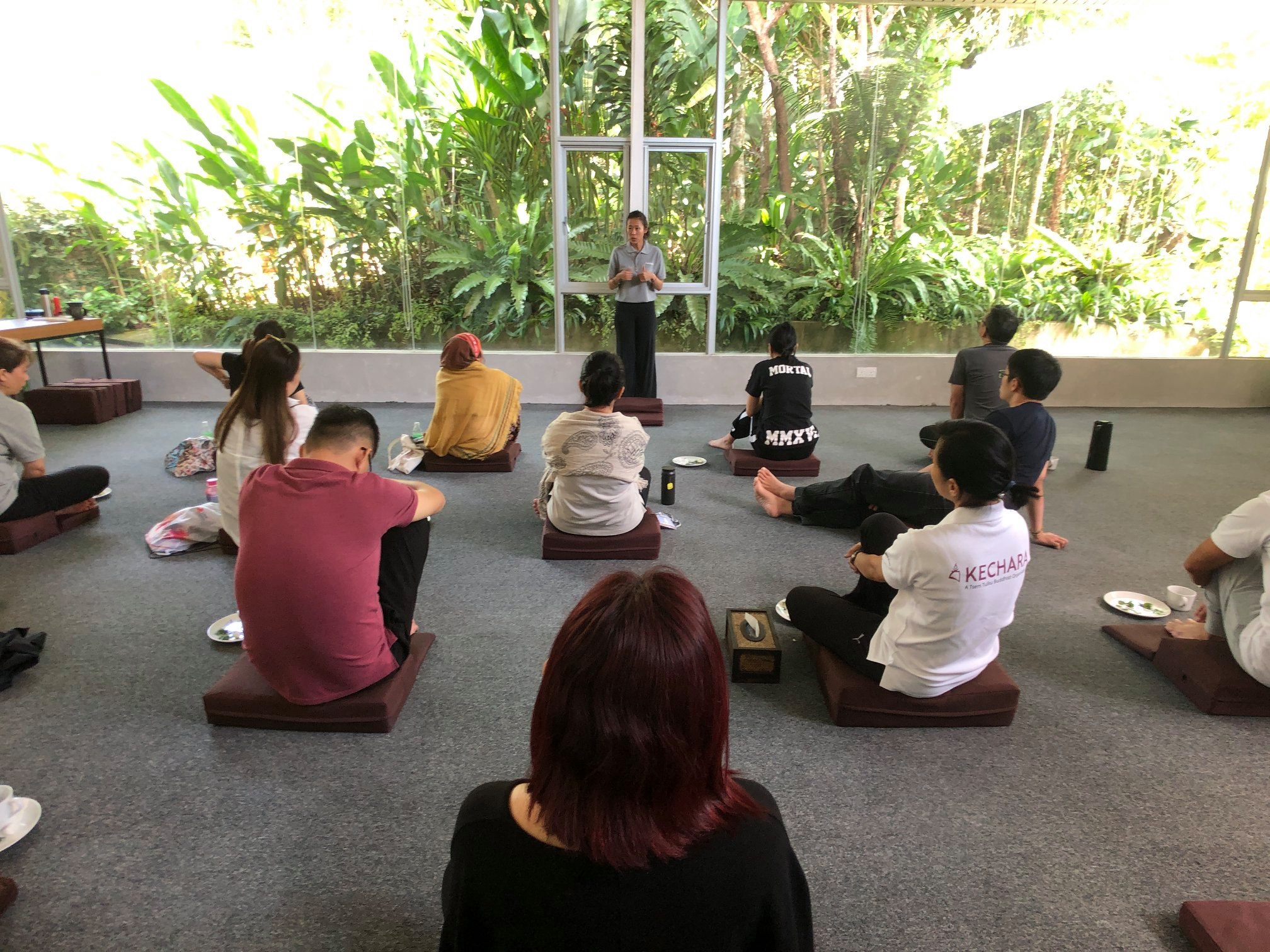
Another notion that I had was that people who meditate would be all calm and collected, slow to anger and all those positive things.
I was assured that no human emotions needed to be sacrificed.
What you do instead is take a few minutes to accept and let the emotions settle so you can make decisions with a clearer mind, which sounded great to me.
There were others but if you want to know more, just sign up for the course. I’m sure the experience and learnings will be different for everyone.
Good experience, overall
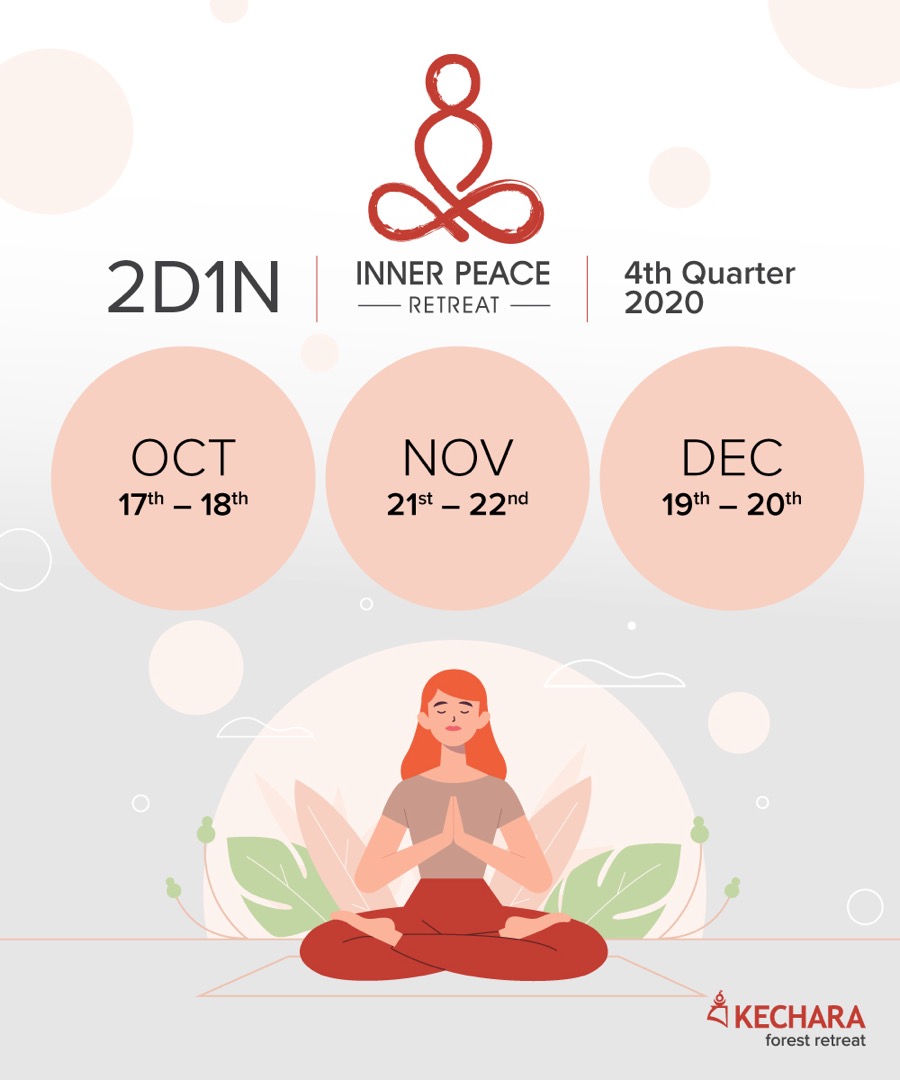
Did I start meditating constantly once I was back in the city? No.
Did others? Yes.
I know this because there is a WhatsApp group with all the participants and Li Kheng made sure she reminded us all to meditate for the first week - just to help everyone form a habit.
However, what I learned at the retreat has helped me take that few extra minutes to slow down and be present.
I no longer reach for my phone as often, and I actually listen to the sounds of the bird outside my windows now (with annoyance, but that’s neither here nor there).
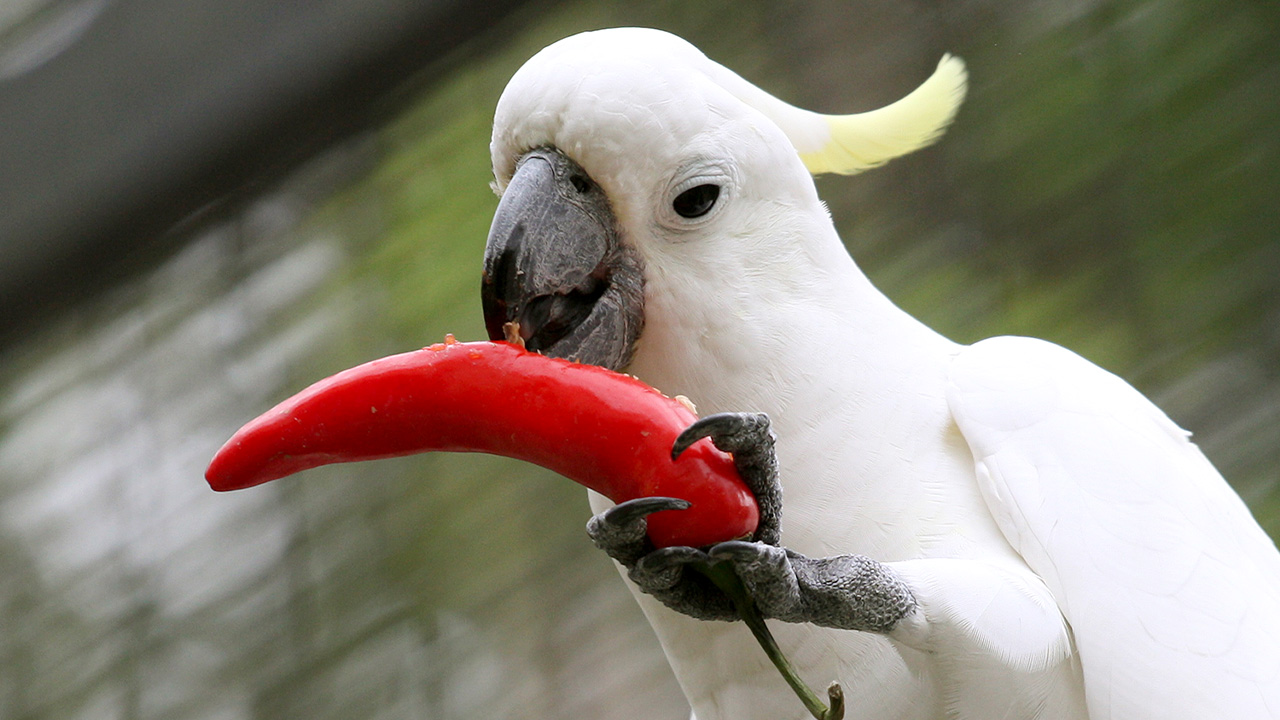
Even after the experience, I’d say that meditation is good for your mind and helps you focus, but it’s not for everyone.
You have to want it and work on it constantly. If you’re not ready to do that, it will not work.
Overall, it was a great experience. The only truly negative comment we have is the noise level when we are at the fish pond.
There were construction works happening so as we were meditating, there were times when I heard the sounds of vehicles and banging (the construction kind) more than sounds of nature.
If you’re interested in trying out the “Inner Peace Retreat” or just visit Kechara Forest Research (since it's a beautiful place and listed as one of Bentong’s tourist attractions), you can find out more about it here.






